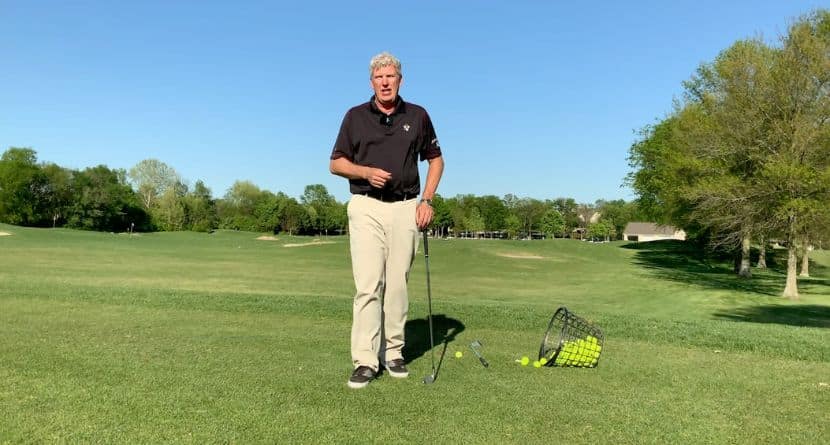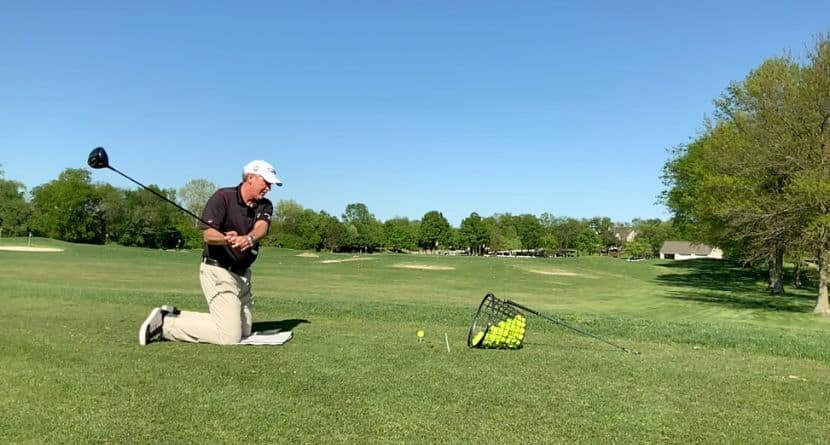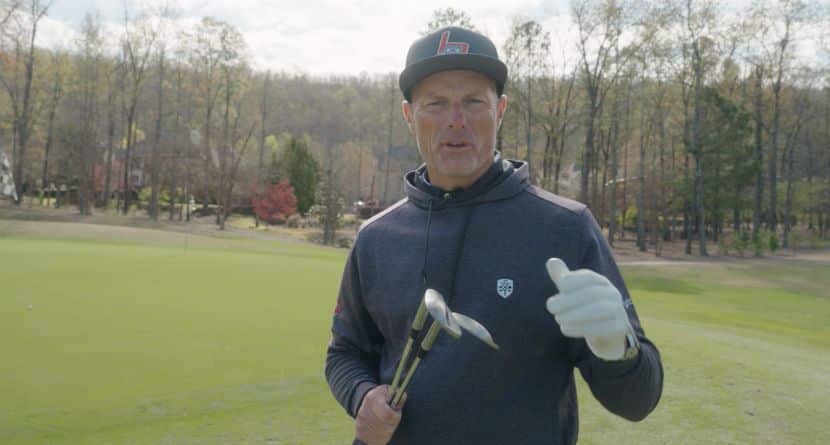“I don’t know why he is trying to hit 3-iron…”
Sometimes the announcers forget just how good these guys are. Marc Leishman hit a long iron from the fairway bunker on Saturday at the CIMB Classic because he knew he could. Yes, it was that simple. He realized all factors necessary to execute the shot were in his favor.
Early in the round and able to recover from a mistake? Check. No hazards to carry and plenty of room around the green? Check. A par-5 most guys are going to reach and birdie? Check.
These days, 208 yards isn’t much for the average pro — a smooth swing at a long iron.
For the average amateur, a 175-yard bunker shot will require the same technique. The long fairway bunker shot can often shake the weekend warrior, partly because images of past shots gone wrong flood the mind.
If you find an errant drive in a fairway bunker, remember these fundamentals to make an apparent tough shot much easier than it looks.
Preshot and Setup
- Do you have the green light? Take a quick scan of your lie, the length to the hole, any trouble between your ball and desired target, and finally, the height of the lip of the bunker. Most of this is applied to all shots we play, however, golfers tend to skip this part of their routine and rush into executing a poorly planned shot.
- If the lie is level, the lip is low, and poor contact would still result in a good chance at par or bogey, go for it!
- Take a normal-width stance, but do not dig your feet in like a greenside bunker shot. We want to stay tall, and like Leishman, pick the ball cleanly.
- Position the ball slightly back of where you would normally play the same club with the goal being to ensure ball-first contact. Aim slightly left of target and feel free to open the face — we do not want to error on the side of turning the face down and hitting a low rope into the lip of the bunker.
- Take one club more than the yardage would normally dictate and choke down slightly. This guards against poor or heavy contact.
The Swing
- Strive for a quiet lower body during the entire swing, but especially on the backswing. This will establish a good tempo and keep you in balance.
- As you transition into the downswing, an outside-to-in path is okay since at setup we aimed left and anticipated this body motion. Playing a fade will mean we are more shallow at impact and less likely to dig into the sand.
- Just because we went back smooth and quiet does not mean we need to swing harder on the way down, a smooth tempo will always work better from a fairway bunker
- Finally, trust the setup and shot you have chosen. Trying to help or lift the ball will only result in hitting the ball with minimal trajectory and carry- often not carrying over the lip of the bunker.













